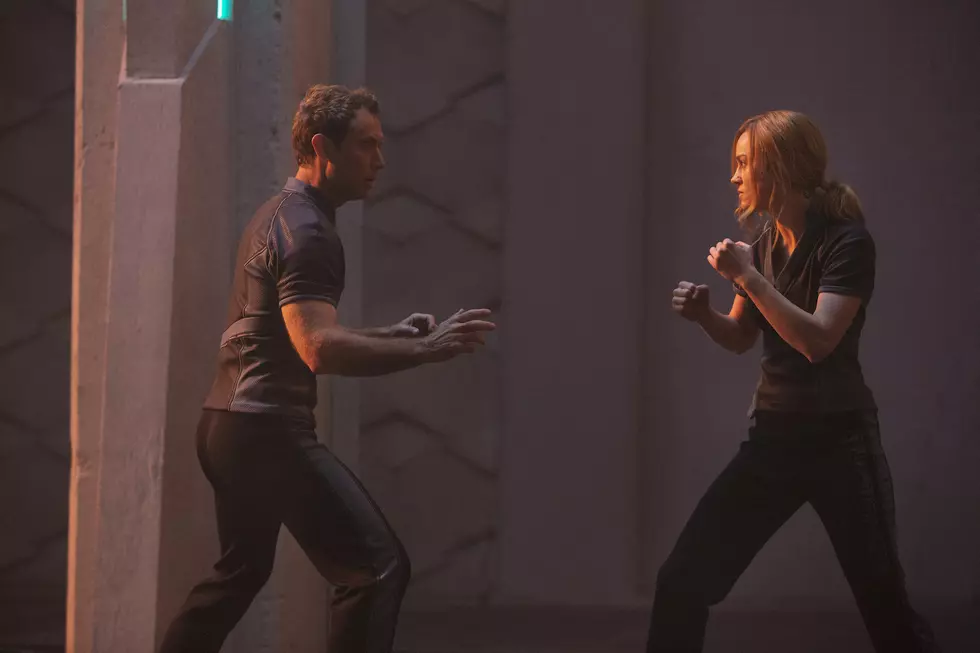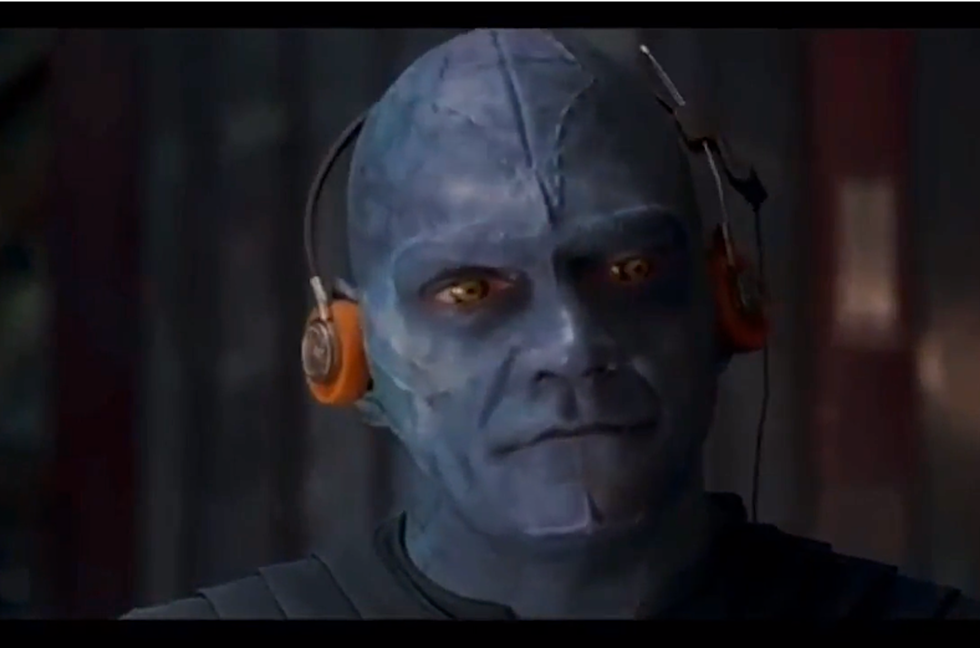
Why Do Marvel Movies Have Such Bad Action Scenes?
The following post contains minor SPOILERS for Captain Marvel.
The release of Captain Marvel last week was accompanied by plenty of online discourse focused on the fact that this entry in the Marvel Cinematic Universe is the franchise’s first female-fronted story. The film itself, for good and ill, bears many of the hallmarks of any standard-issue Marvel Cinematic Universe entry. There’s a Stan Lee cameo, direct ties to the larger MCU, a lead character struggling to accept their identity, a power struggle, and more. The easiest way to tell this is a Marvel movie, though, is also one of the strangest: Its action scenes, for lack of a better word, are terrible.
To be fair, 11 years of the MCU have produced a handful of truly memorable action scenes. Unfortunately, it’s a literal handful spread across over 20 films. One of the franchise’s highlights came in Captain America: Civil War. You probably already know the scene, too: all our heroes, everyone from Iron Man to Ant-Man to a new Spider-Man, fought against each other in an abandoned airport hangar. Just as fans salivated over the prospect of a comic-book team-up that was paid off in 2012’s The Avengers, they were equally excited at the idea of those same good guys disagreeing with each other to the point of battling it out. The extended Civil War fight scene was both breathlessly tense and surprisingly funny, balancing years of knowledge we have of these characters with the possibility that they may never get along again.
(It should be noted that the second unit directors on Civil War were David Leitch and Chad Stahelski, who previously directed John Wick. It should also be noted that they have not served in that role on any other Marvel movie. Surely a coincidence that Civil War has the best action in the MCU.)
The directors of Civil War, Anthony and Joe Russo, are no strangers to the MCU. They’ve directed three other MCU films, including the upcoming Avengers: Endgame. Their other MCU entries aren’t nearly as memorable in terms of the action; even the lauded Captain America: The Winter Soldier. Similarly, many of the set-pieces in Captain Marvel, directed by Anna Boden and Ryan Fleck, are sometimes jaw-droppingly bad in their choreography, cinematography, and editing.
Early in the film, we follow a member of the Kree race of aliens, known first as Vers (Brie Larson). As the ads have already hinted, Veers is really an Earthling named Carol Danvers. Before we can find out about Veers/Carol and her past, we follow the Kree as they aim to rescue a key ally in their war with the Skrulls, a shape-changing race of aliens, on a planet that has a grimy, dark-brown sheen.
At least, that’s what you can presume happens, because the scene itself is so dark and choppy it communicates next to none of this information. In both this early sequence as well as a climactic fight set to No Doubt’s “Just a Girl” (there’s a whole other article to write about this movie’s often groan-inducing needle drops), Boden and Fleck seem to have taken their cue from the cinematography in last year’s Solo: A Star Wars Story — making things as visually difficult to discern as possible. And the way Captain Marvel’s two editors, Elliot Graham and Debbie Berman, string together each grimy shot only serves to heighten their incoherence. To paraphrase the NBC show Parks and Recreation, these scenes have the cadence of an action sequence. They just aren’t successful at being viscerally entertaining.
It’s hard not to wonder how much of the action scenes in this film were truly “directed” by Boden and Fleck. There’s now an infamous anecdote from Argentine filmmaker Lucrecia Martel, who was approached to helm a Black Widow film and told by Marvel that they would “take care of” the action scenes with their stunt coordinators, special effects artists, and second-unit directors. Boden and Fleck aren’t known for their genre bonafides, having directed Half Nelson, Sugar, and also episodes of the Showtime drama Billions. Maybe someone at Marvel helped “take care of” those scenes in Captain Marvel.
If that’s the case, Marvel needs to hire new people to “take care of” those scenes, period. Captain Marvel is not entirely a lost cause, thanks to the talented ensemble cast bantering back and forth. (Funny that the best scenes in the film rely on the toolset that Boden and Fleck bring with them from their past work, not the more genre-specific stuff.) Those elements are almost always the best parts of every Marvel movie. The action sequences are rarely as memorable as watching Chris Hemsworth and Jeff Goldblum riff in Thor: Ragnarok or laughing at the tension between the eponymous Guardians of the Galaxy, or Tony Stark doing his thing in the Iron Man films. (Fair is fair: The scene in Iron Man 3, which is generally great, in which Iron Man rescues people falling from an exploding plane, is another rare Marvel action sequence that works.)
Critics and writers often give credit to the brain trust at Marvel for having pulled off the impossible: They came up with a massive, distinctive shared universe that has spanned more than 20 films over a decade, and they’ve largely done so without one box-office flop. Not every Marvel movie is beloved by audiences, but few of them stumble financially, and even fewer are outright disliked by fans. We should give Marvel backhanded credit for something else: Most of the action scenes in Marvel movies — which are, let’s remember, superhero movies that you’d think would need to sport memorable superhero action — are forgettable, if not downright crummy. How they’ve gotten away with this for over a decade is mystifying. How they’ll continue to skate on by is equally baffling.
Gallery — Every Marvel Cinematic Universe Movie Ranked:
More From 97X










